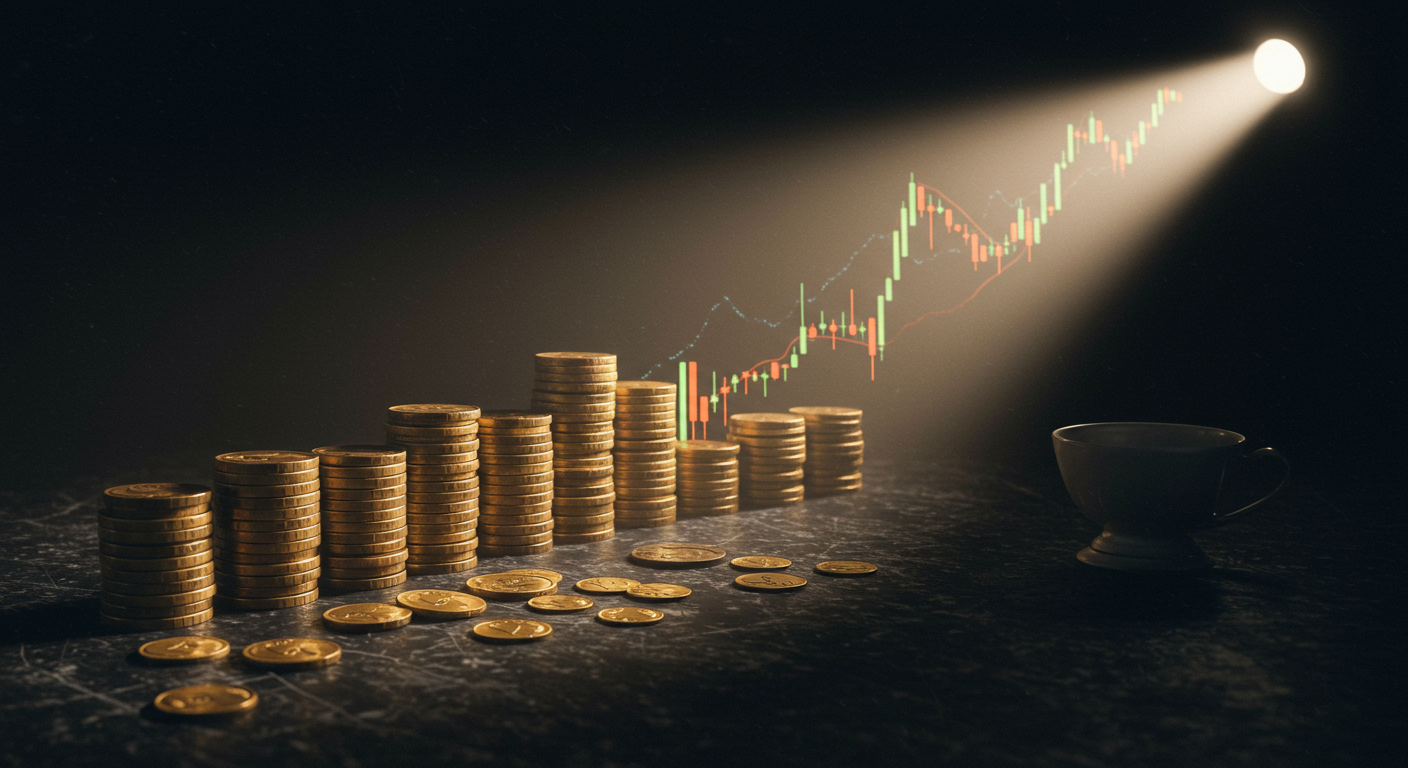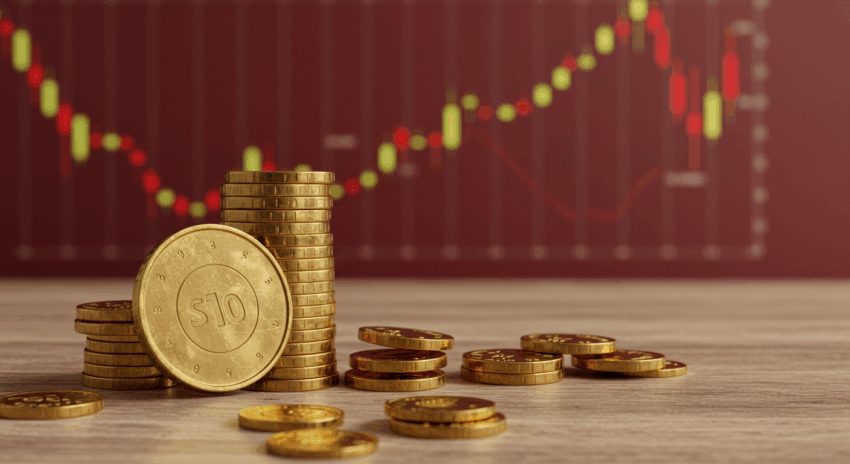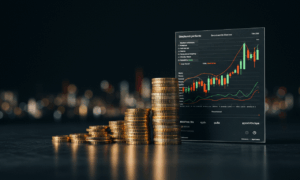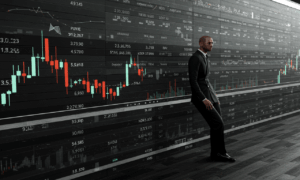Thematic ETFs are rapidly changing the investment landscape, offering a new way to connect your portfolio with the trends shaping our world. Have you ever read about a groundbreaking technology or a major social shift and wondered, How can I invest in that? A recent development in the world of financial products provides a perfect example of how this is now possible. A new investment product has just been launched that focuses specifically on the booming market for weight-loss and diabetes drugs, a topic dominating health news. This article will deconstruct this new type of investment, explaining what these trend-based products are, how they function, and what you need to consider before jumping in. We’ll provide the clear, objective information you need to understand this corner of the investment world.
What’s New? Investing in a Cultural Phenomenon
The world of financial products is always innovating, creating new ways for people to access the market. Recently, a new Exchange-Traded Fund (ETF) was created that has a very specific focus: it bundles together companies that are profiting from the new wave of GLP-1 agonists—a class of drugs popularly known for weight loss and diabetes treatment, such as Ozempic and Wegovy.
But what does that actually mean? Let’s break it down.
- What is an ETF? An Exchange-Traded Fund (ETF) is a type of investment fund that holds a collection of assets, such as stocks, bonds, or commodities. Think of it like a basket holding many different items. Instead of buying each item individually, you can buy the entire basket with one single transaction on a stock exchange, just like you would buy a share of a single company like Apple or Amazon.
- What is a Thematic ETF? This new product is a specific type of fund called a thematic ETF. Unlike traditional funds that might focus on a broad economic sector (like “Healthcare” or “Technology”), thematic ETFs focus on a specific, long-term trend or idea that can span across multiple sectors. Other examples include ETFs focused on artificial intelligence, cybersecurity, robotics, or clean energy.
In this case, the “theme” is the entire ecosystem built around the revolutionary new weight-loss drugs. This fund doesn’t just hold stock in the one or two big pharmaceutical giants making the drugs. It aims to invest in a range of companies connected to the trend, potentially including drug manufacturers, research firms, supply chain companies, and even health tech businesses that support patients using these treatments. The goal is to capture the growth of the entire trend, not just a single company.

The Pros: Why Are Thematic ETFs So Appealing?
The rise of thematic investing isn’t just a gimmick; these products offer several tangible benefits, especially for individuals who want to take a more active role in their investment choices. Understanding these advantages is key to seeing why they have become so popular.
- Simplicity and Accessibility
Perhaps the biggest draw is that thematic ETFs make it easy to invest in complex trends. Imagine you believe strongly in the future of electric vehicles. Instead of spending hours researching which car maker, battery producer, or software developer will be the ultimate winner, you could buy a single EV-themed ETF. This product does the work of selecting a diversified basket of relevant companies for you. It simplifies the process of acting on your investment ideas. - Targeted Diversification
While you are concentrating your money on a single theme, the ETF itself provides diversification within that theme. If you bet everything on one company and it fails, you lose everything. By investing in an ETF that holds 20, 30, or more companies related to the theme, you spread out your risk. The success of your investment isn’t tied to a single corporate decision or a bad quarterly report from one firm. - Investing in What You Know and Believe In
Many people feel more connected to their investments when they are putting their money into ideas they are passionate about or understand deeply. Whether it’s sustainable energy, video games, or medical breakthroughs, thematic ETFs allow you to align your portfolio with your values or your unique insights into a growing industry. This can make investing feel more personal and engaging.
The Cons: Understanding the Risks of Niche Investing
While the upside is attractive, these specialized investment products carry unique risks that are crucial to understand. They are not a “get rich quick” solution and require careful consideration. Before you consider any thematic fund, you must weigh the potential downsides.
- Concentration Risk
This is the flip side of targeted investing. By focusing on a single, narrow theme, you are making a concentrated bet. If that entire trend falls out of favor, faces unexpected regulatory hurdles, or simply fails to meet its hyped-up expectations, the entire ETF will likely perform poorly. This is very different from a broad market ETF (like one that tracks the S&P 500), which is diversified across hundreds of companies in many different industries, offering a much safer foundation for a portfolio. - The Hype Cycle
Thematic ETFs are often launched when a trend is already popular and widely discussed in the media. This means that by the time the product is available, the stock prices of the companies within it may already be inflated. There is a real risk of “buying the hype” at its peak, only to see returns disappoint as the excitement fades and the market corrects. - Higher Costs
These specialized funds are often more complex to manage than simple index funds, and that complexity comes at a cost. Thematic ETFs tend to have a higher expense ratio—an annual fee charged by the fund to cover its operational costs. While a fraction of a percent may not sound like much, these fees can significantly eat into your long-term returns, especially when compared to the ultra-low-cost fees of broad market index funds.
What This Means for Your Financial Plan
So, where do thematic ETFs fit into a sound financial strategy? For most people, especially those just starting their investment journey, they should be considered with caution. Financial experts generally agree that the core of a long-term portfolio should be built on low-cost, broadly diversified funds. These provide a stable foundation for growth over time.
Thematic ETFs, like the one focused on weight-loss drugs, can be thought of as “satellite” holdings. They can be used to add a small, speculative slice to your portfolio—perhaps 5% or less of your total investment assets. This allows you to take a calculated risk on a high-growth theme you believe in without jeopardizing your core financial goals. It’s a way to participate in a trend without betting the farm on it. Explore our main page for more foundational concepts on building a solid financial base.
Disclaimer: The information provided in this article is for educational purposes only and should not be construed as financial or investment advice. All investment decisions should be made based on your own personal financial situation, objectives, and risk tolerance. It is always recommended to consult with a qualified financial professional before making any investment.
Frequently Asked Questions (FAQ)
Is a thematic ETF a safe investment?
Safety in investing is relative. Compared to a broad-market index fund (like an S&P 500 ETF), a thematic ETF is generally considered higher risk. This is due to its concentration in a single, narrow theme. If that trend performs poorly, the entire fund can lose significant value. Its safety depends heavily on the long-term viability of the theme itself and your personal tolerance for risk.
How is a thematic ETF different from a sector ETF?
This is a great question as they can seem similar. A sector ETF invests in a broad, established part of the economy as defined by official classifications, such as the “Financial Sector,” “Energy Sector,” or “Technology Sector.” A thematic ETF, on the other hand, invests in a specific idea or trend that often cuts across traditional sectors. For example, a “Robotics” theme might include companies from the technology, industrial, and even healthcare sectors. Thematic ETFs are typically more niche and forward-looking than sector ETFs.





